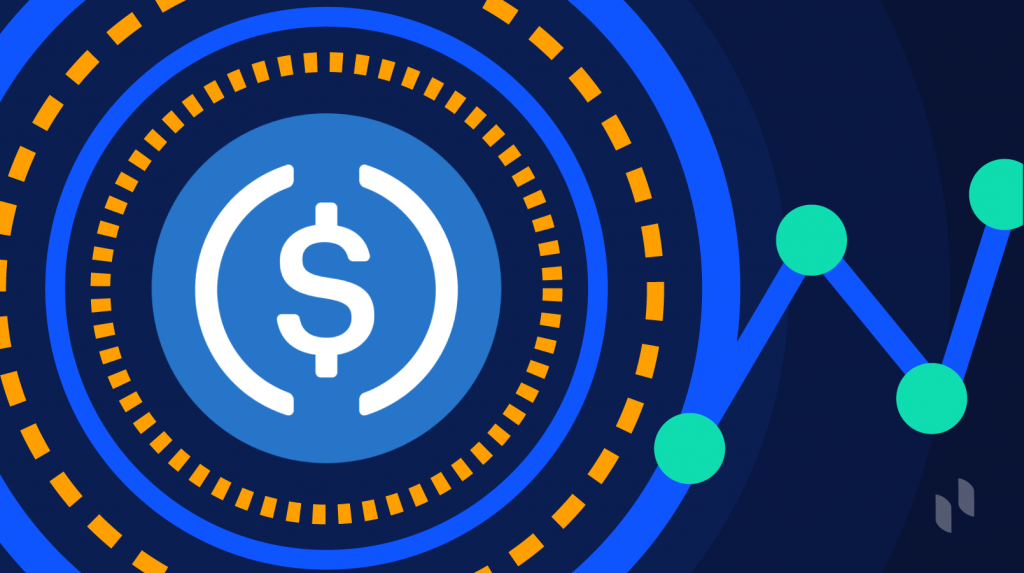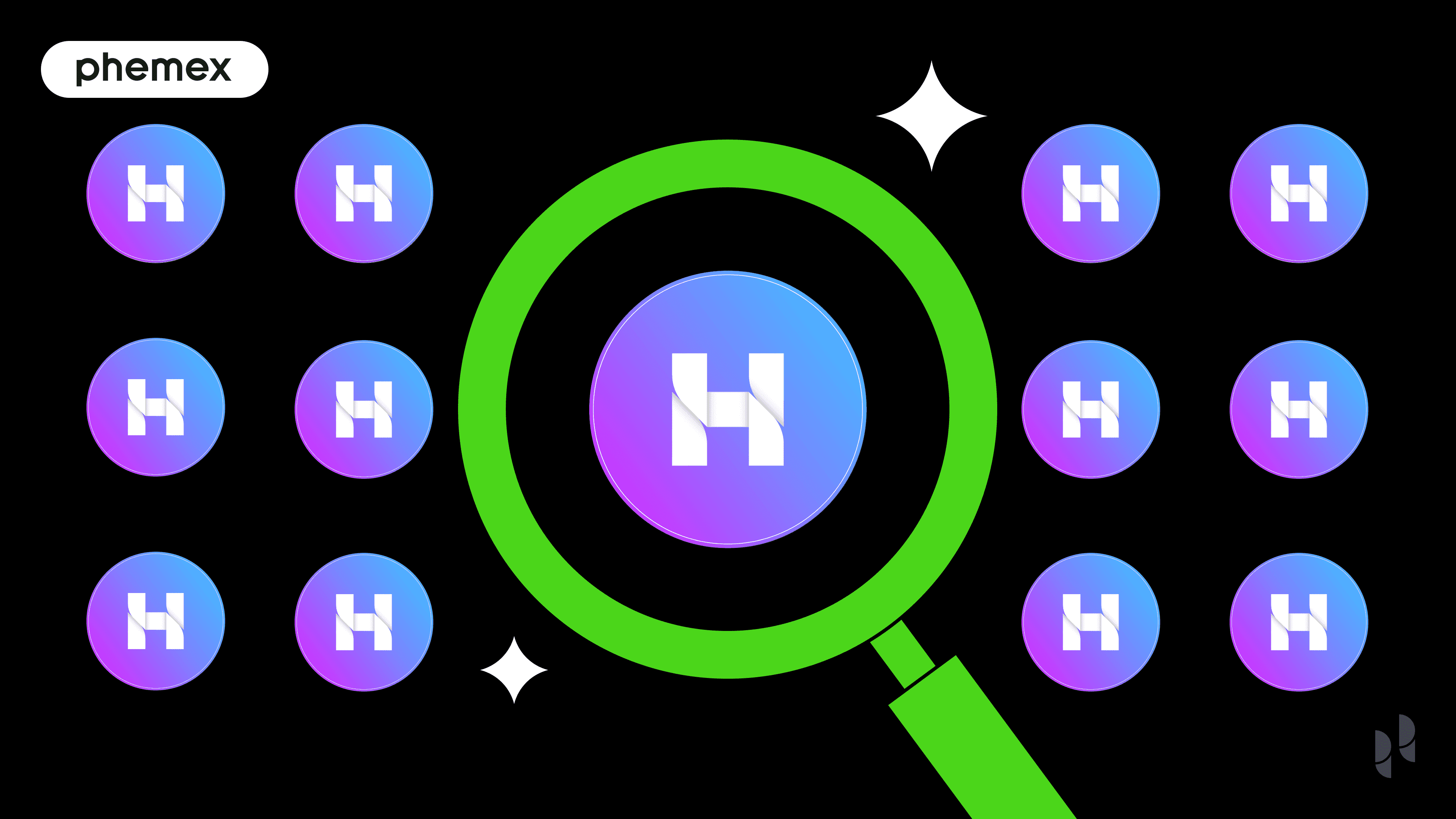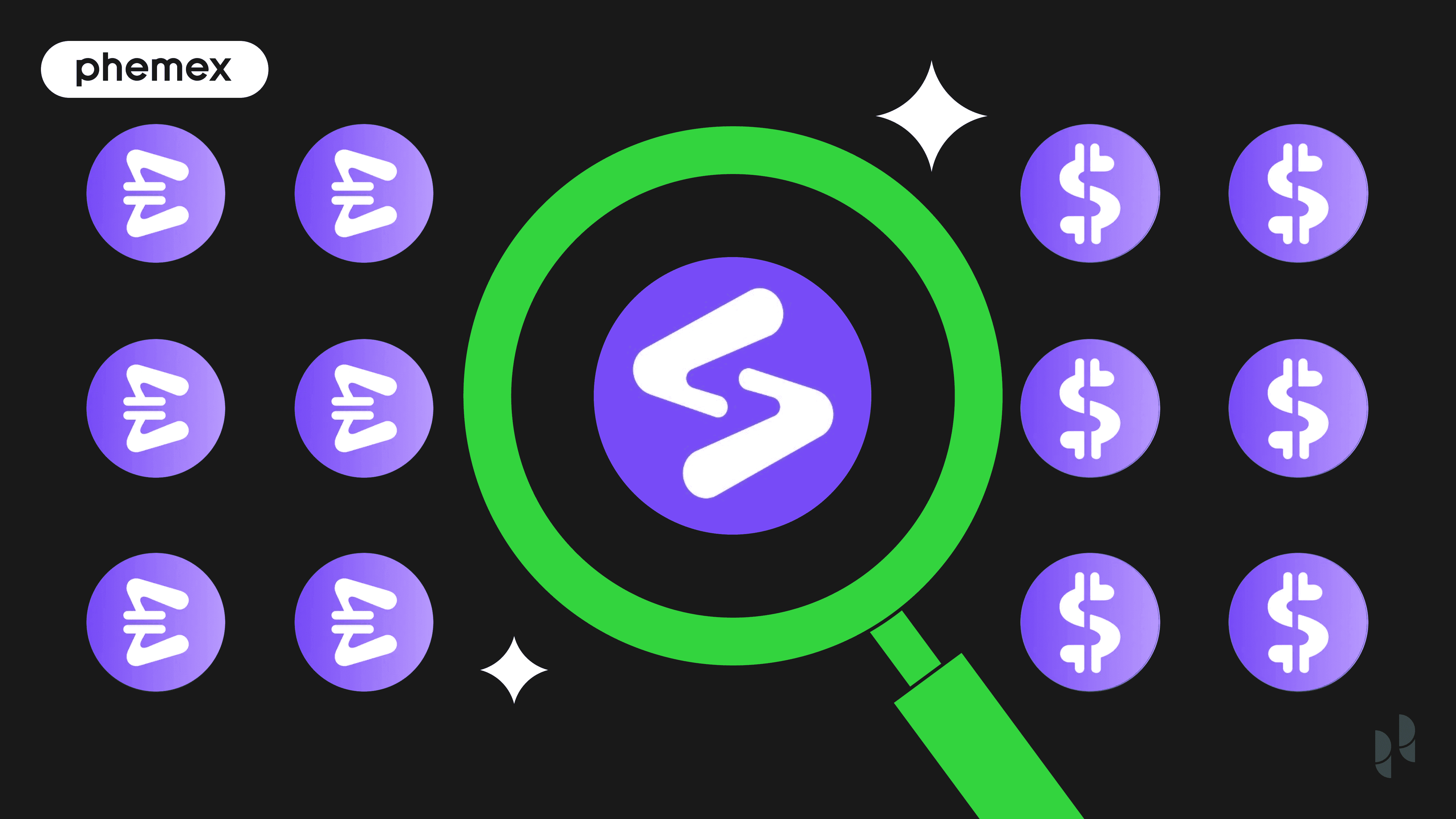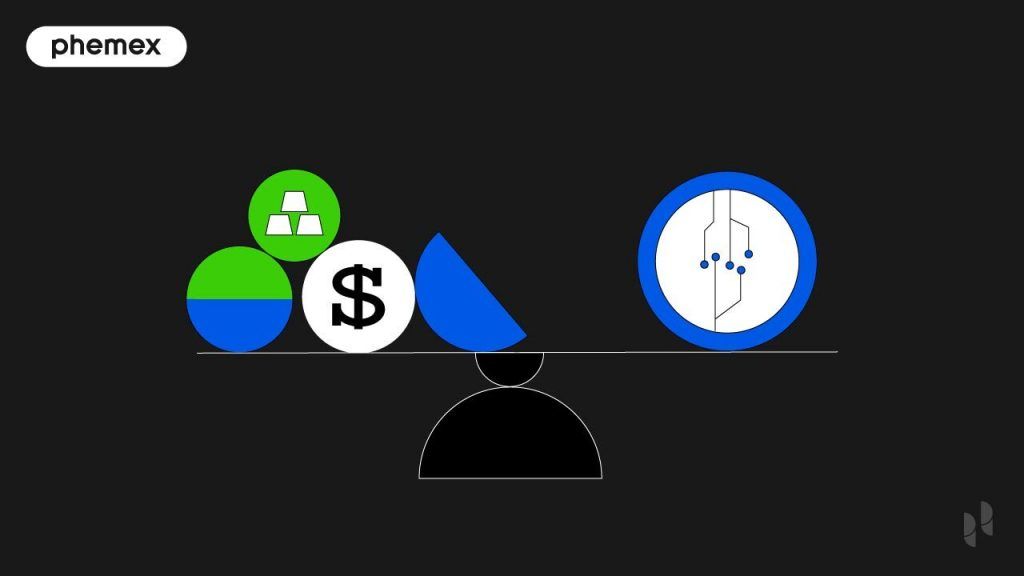US Dollar Coin, or USDC, is a fully collateralized fiat-backed stablecoin developed by Centre and issued and managed in collaboration between Circle and Coinbase.
Launched in September 2018, USDC is one of the latest centralized stablecoins to hit the crypto markets. Currently, USDC is the second-largest stablecoin in the business, with a market capitalization of more than $10 billion.

USDC is backed at a 1:1 ratio with the US Dollar and operates entirely within the framework of US money transmission laws. The two companies that currently issue USDC, Circle and Coinbase, are registered and licensed as Money Service Businesses (MSBs) with the US financial regulator FinCen, meaning that their financial books are open and subject to regular audits by reputable third-parties.
Currently, USDC is available as ERC-20 tokens on the Ethereum blockchain, ASA tokens on Algorand, and SPL tokens on Solana.
The Need For Stablecoins
Stablecoins or digital assets pegged to fiat currencies represent one of the fastest-growing segments of the cryptocurrency industry. From the beginning of 2019 to now, the total market capitalization of stablecoins has grown from $2.6 billion to just over $55 billion.
There are a number of factors behind this impressive growth. Stablecoins offer advantages over traditional forms of fiat currencies, including much faster transaction settlements (seconds, instead of hours or days), low transaction fees (an average of ~$0.2/transaction), a layer of privacy, and self-custody. Yet perhaps the most crucial advantage of all is the frictionless access or full interoperability with the entire crypto and decentralized finance ecosystem.
Aside from being used as a source of stability or a hedge against the volatility in crypto, stablecoins are also increasingly used for cross-border payments and as safe and easy stores of value in politically or economically unstable, high-inflation countries. Stablecoins can provide a source of stability in otherwise unstable macroeconomic conditions.
Types of Stablecoins
The three primary methods stablecoins use to achieve stability are centralized collateral custody, on-chain collateral custody, and seigniorage-style stabilizing models.
Typical examples of a fully-backed, centralized collateral custody type of stablecoin are USDC, Tether (USDT), TrueUSD (TUSD), and BUSD.
How does it compared to USDT?
These types of stablecoins essentially act as digital wrappers for USD-denominated liabilities. For example, for every USDC issued, Circle and Coinbase keep one USD in their bank accounts, whereby each USDC is then theoretically redeemable for one USD from the reserves.
However, unlike the Tether group, which has yet to provide the public with a proper audit, Circle has its books audited by a top-five auditing firm, Grant Thorton LLP, and publishes its audits publicly every month.
The most notable example of an on-chain collateral custody type of stablecoin is DAI, issued and managed by the Maker DAO. DAI achieves price stability by leveraging collateralized debt denominated in any Ethereum-based asset that has been approved by the MKR (Maker’s native digital token) holders. The collateral assets can include Ether, wrapped Bitcoin (WBTC), or even another stablecoin like USDC.
The third and least popular type of stablecoins is the so-called algorithmic or seigniorage-based stablecoins, including Ampleforth (AMPL), BASED, ESD, and DSD. These stablecoins seek to achieve price stability by algorithmically controlling the token’s issuance rate or money supply, similar to how central banks control the supply of fiat currencies.
While there are many different adaptations of this stabilizing model, the underlying principles are always the same: when the price of the stablecoin falls below the desired peg price (usually one US Dollar), the algorithm starts lowering the circulating supply of the token through open-market buybacks and burns. When the price rises above the desired peg, the smart contract or algorithm increases the circulating supply by minting and distributing new tokens until the stablecoin’s price reaches the desired peg.
So far, no seigniorage-style stablecoin project on the market has successfully managed to create a stablecoin with sufficient stability. On the other hand, centralized and on-chain custody-based stablecoins are both popular options with their own benefits and drawbacks. For example, due to blockchain’s transparent nature, the collateral behind the DAI stablecoin is easily verifiable in real-time, while centralized stablecoins like USDC and Tether rely on third-party audits and independent examinations of their finances. Moreover, while centralized stablecoins like USDC are somewhat safer than their decentralized counterparts from an operational perspective, they’re also more prone to censorship and considerably less private.
How Does USDC Work?
As mentioned above, USDC is a centralized, fiat-collateralized stablecoin issued and managed by Circle and Coinbase. This means that every USDC token in circulation is backed by one USD in Circle’s bank reserves.
How to convert USD to USDC
The process of turning USD into USDC — or tokenizing USD on the Ethereum, Algorand, or Solana blockchains — is straightforward and involves the following four steps:
- To purchase or redeem USDC on the primary market or directly from Circle, you need to register an account, verify your identity (KYC), and link a legitimate bank account.
- Then, you simply send USD to Circle’s bank account. There’s no minimum tokenization amount.
- Using the USDC smart contract, Circle mints an equivalent amount of USDC.
- The USDC is transferred directly to your cryptocurrency wallet, while the USD is kept in Circle’s bank account as reserves.
How to convert USDD to USD
Then, to redeem USDC for USD from Circle, the process is reversed:
- You send a request to Circle to receive USD in exchange for your USDC tokens.
- Circle signals the USDC smart contract to take the equivalent amount of USDC tokens out of circulation.
- Then Circle sends you the requested USD amount from their bank reserves. The minimum redemption amount is $100.
- You receive the equivalent USD amount (minus all incurred fees) directly to your bank account within one or two days.
Buying USDC on the secondary markets, however, is as straightforward as buying any other cryptocurrency. You can purchase it with fiat on Phemex or any other regulated cryptocurrency exchange accepting wire transfers or credit cards, or you can trade for other cryptos on decentralized exchanges.
How to Use USDC
Tokenizing US Dollars on the blockchain brings many advantages. For one, it allows users to move money anywhere in the world, cheaply and within minutes. It also allows users to store tokenized USD in a non-custodial manner, buy and sell cryptocurrencies seamlessly, and interact with various DeFi protocols like exchanges, crypto lending protocols, yield aggregators, and blockchain-based games in a permissionless manner.
Since most of the USDC in circulation is issued as an ERC-20 token on the Ethereum blockchain, it can be stored using any Ethereum-based crypto wallet, including hot wallets like MetaMask, MyEtherWallet, and Trust Wallet, and hard wallets like Ledger and Trezor.
Users can also earn passive interest on their USDC balances directly by storing them in high-yielding interest accounts.
Read More
- USDC vs USDT: Which Is The Better Stablecoin to Use?
- All You Need to Know About Stablecoins: Cryptocurrency’s Gold Standard
- What is USDD Stablecoin? Is It Really Stable?
- What Is TrueUSD (TUSD)? A Regulated USD-Backed Stablecoin
- What is Tether USDT: The Ultimate Guide to Buy/Sell USDT
- What Is a Central Bank Digital Currency?
- What is USDP (PAX Dollar): A Fully Regulated and Audited Stablecoin
- Dai: The First Crypto-Backed Stablecoin








